According to Canadian Blood Services, in Canada, only 1–2% of people consent to organ donation and pass on, can be considered for organ donation; however, most people can be considered for tissue donation.
Family or friends are always consulted regarding donations and these discussions are only held after all lifesaving efforts have failed and mortality is certain. The surgery to remove organs and tissues is done with the same care as any other surgery and involves no cost to family, friends or the deceased’s estate.
The chart below from Statistica shows 2022 stats on which organs are most needed and what percentage they represent of the total.
| Organ | Number of patients | Percent |
|---|---|---|
| Kidney | 2,813 | 59% |
| Liver | 517 | 19% |
| Lung | 210 | 13% |
| Pancreas | 171 | 2% |
| Heart | 133 | 2% |
Statistica, 2022
Where do Organs for Transplant come from?
According to The Canadian Health Institute a total of 3,428 organ transplants were performed in Canada in 2023; 83% of transplants used deceased donor organs while the balance (17%) used living donor organs of which 54% were from relatives.
Four percent (4%) of all transplants that occurred in 2023 used organs donated following medical assistance in dying (MAID).
As of the end of 2023, a total of 3,427 Canadians were on waitlists to receive a transplant; 60% were on active waitlists. A total of 681 Canadians were removed from the organ transplant wait-lists, of which 31% died while waiting.
What Organs and Tissues can be Donated?
These include the heart, kidneys, liver, lungs, pancreas, small intestines, eyes, bone, skin, and heart valves. Living donations include a kidney and part of a liver, which can regenerate itself in the donor and is the only organ capable of doing so.
Blood donation is considered a separate type of donation because donations can be repeated as the body continually replenishes blood supply unless there is a medical reason why not. There is always a need for blood donation, particularly rare types and O Negative, which is the universal donor source.
How do Ontarians Make a Donation?
In Ontario, the Trillium Gift of Life Network is responsible for
- delivering and coordinating organ and tissue donation
- transplantation services across the province
- planning for, promoting on behalf of and supporting all health care and allied professionals, donation advocates and the Ontario public in their roles in saving the lives of Ontarians waiting for a transplant.
There are a number of ways to get on the donor list but the easiest is to have donor information available on your driver’s license or carry a donor card in your wallet or on your phone.
A significant number of charities who participate in Federated Health Charities are part of the donation cycle. They include Heart and Stroke, Lung Health Foundation and The Kidney Foundation of Canada.






